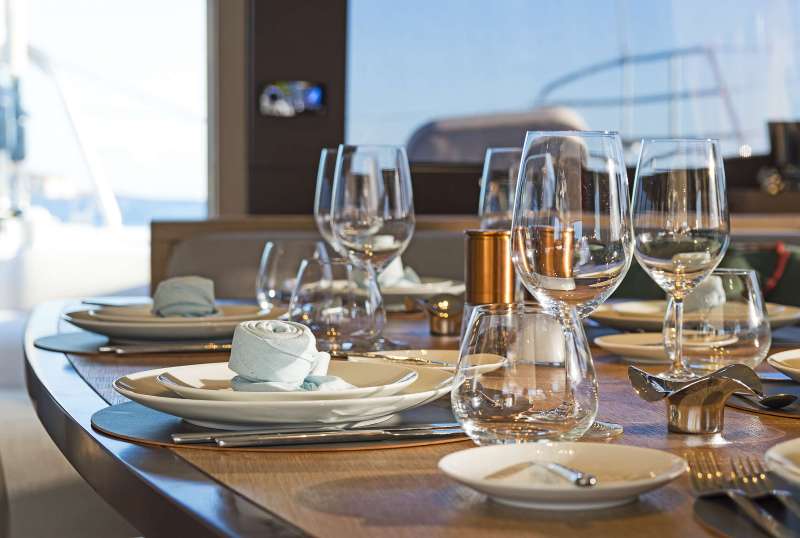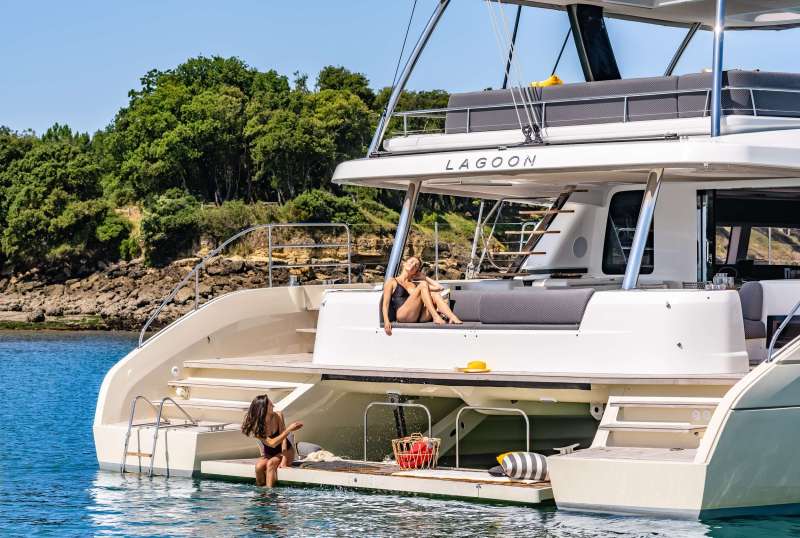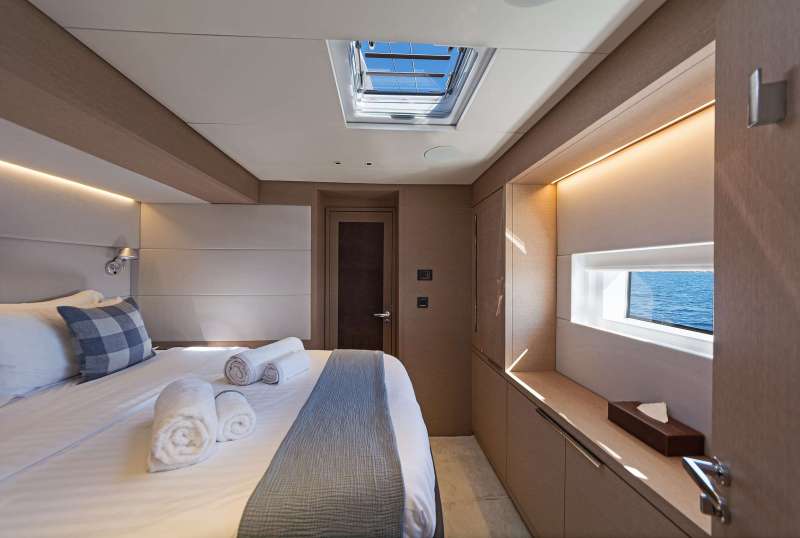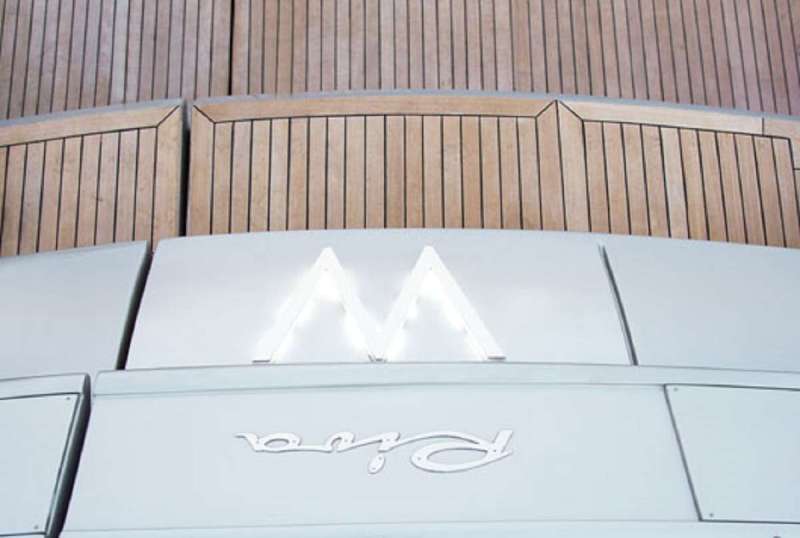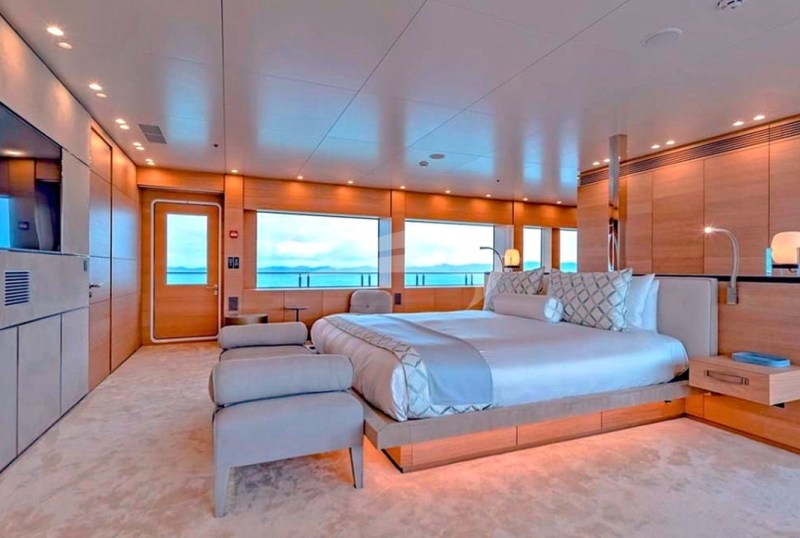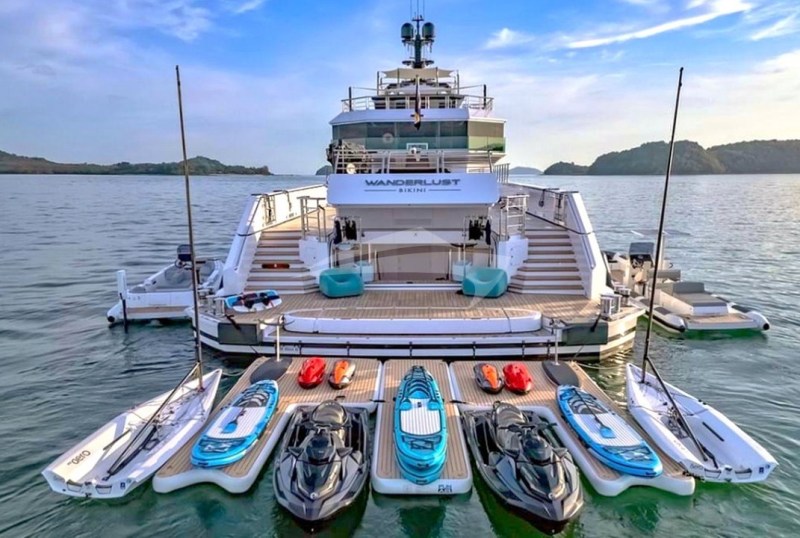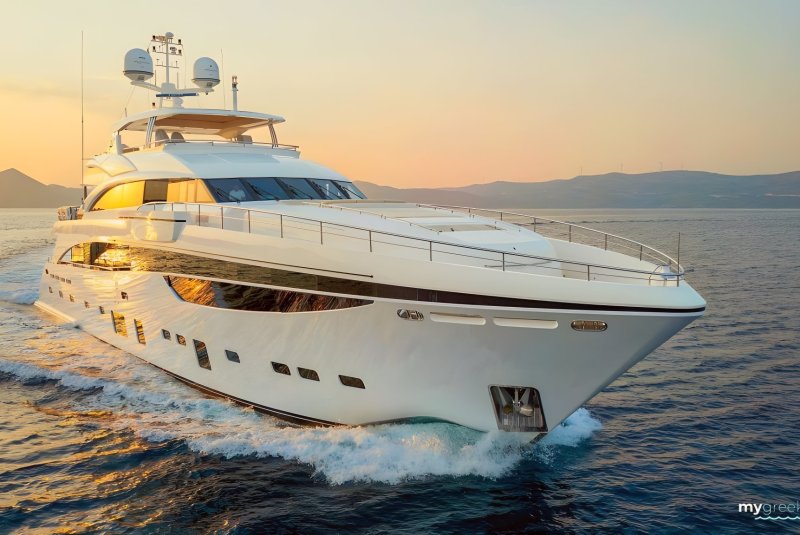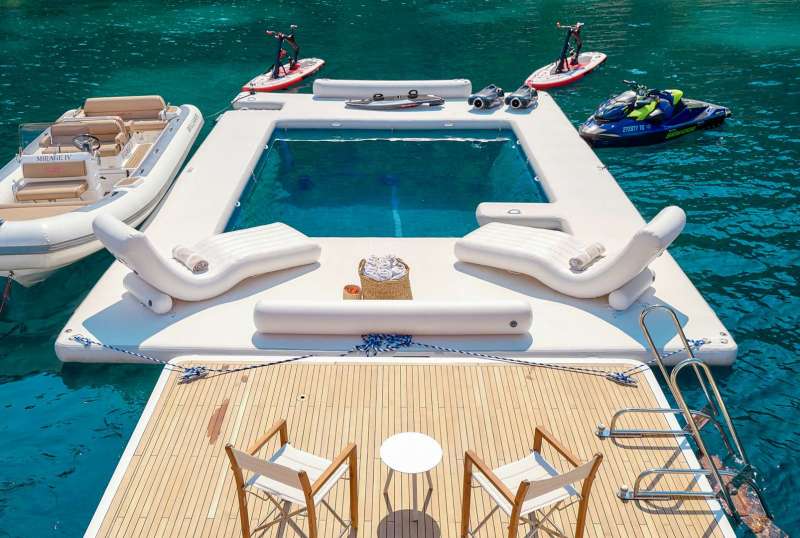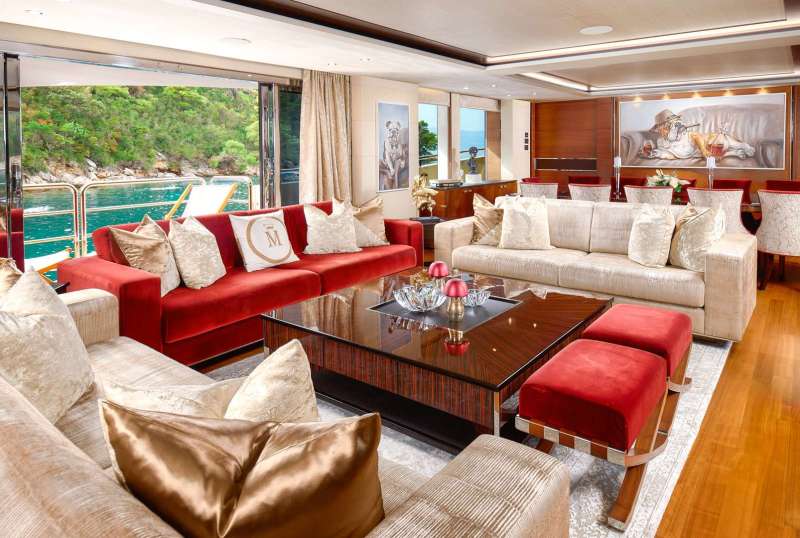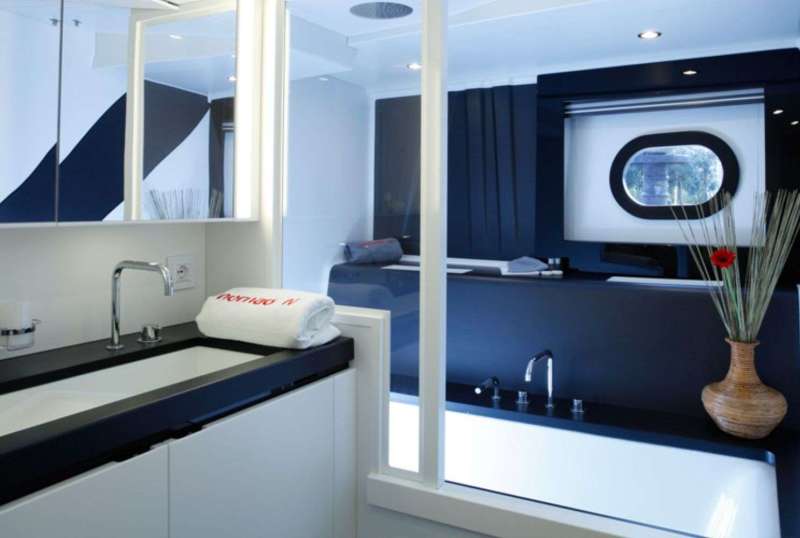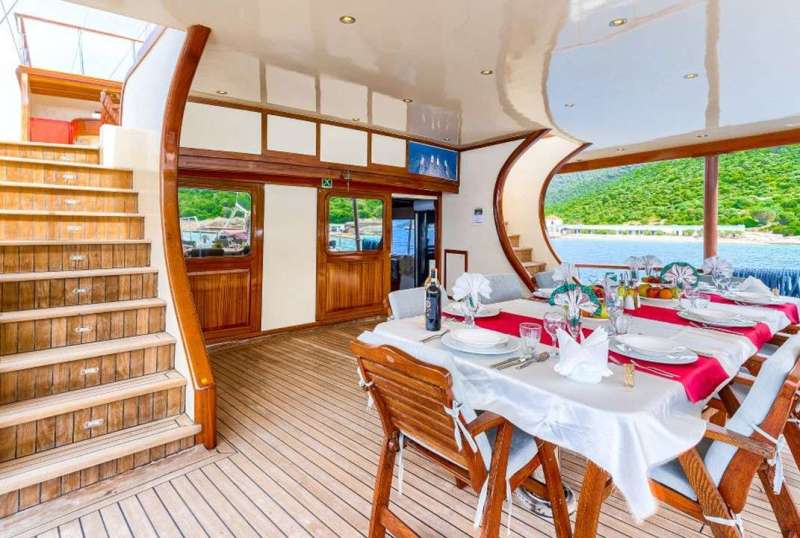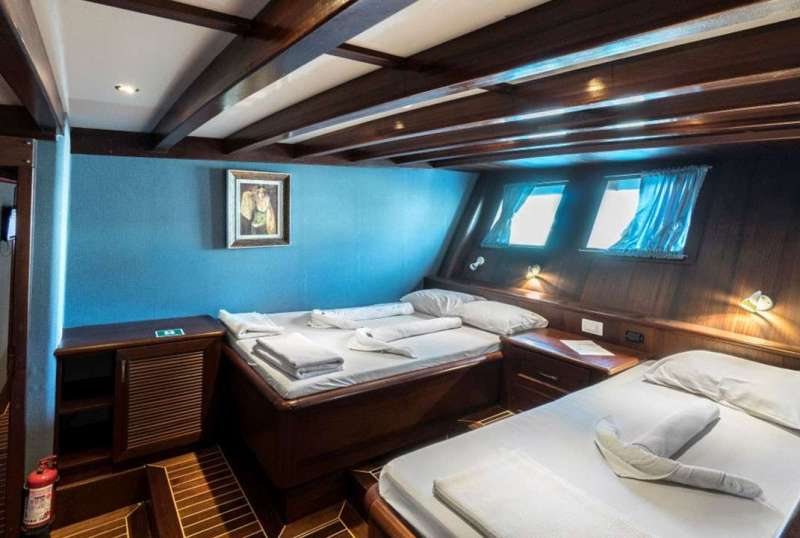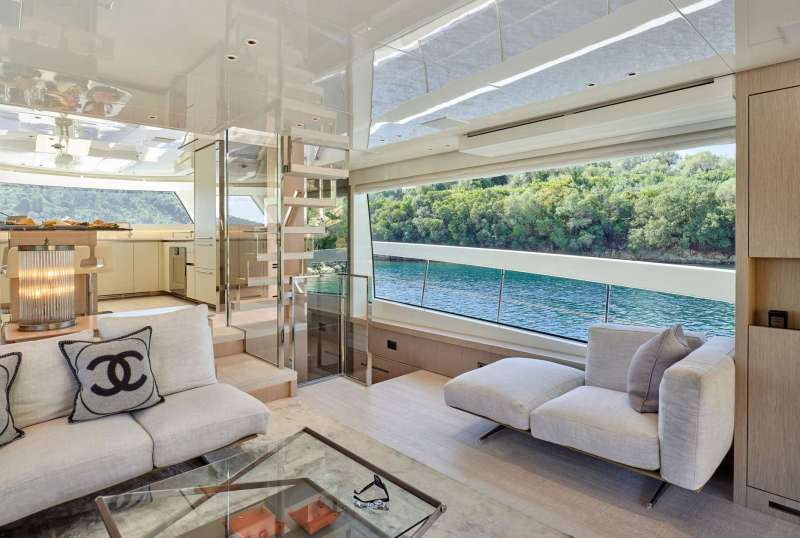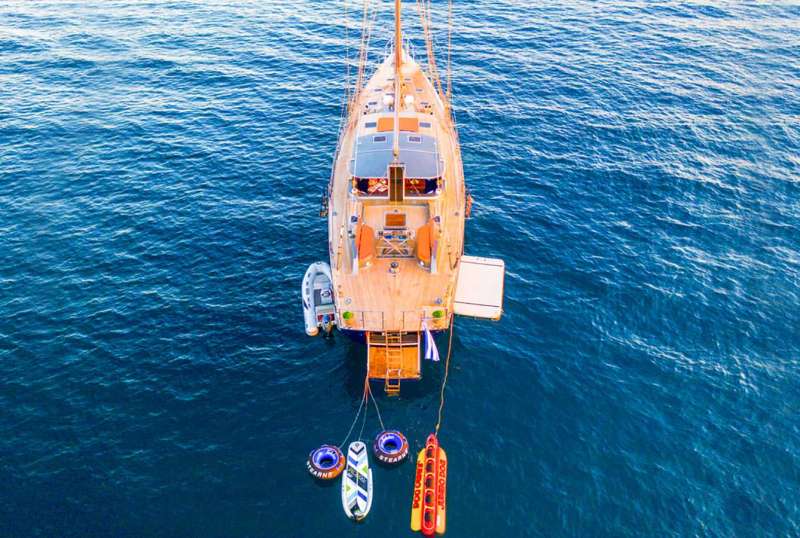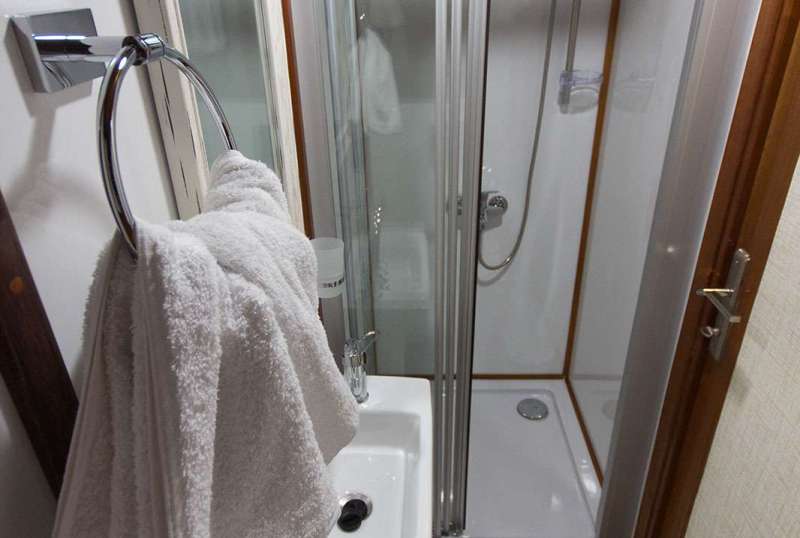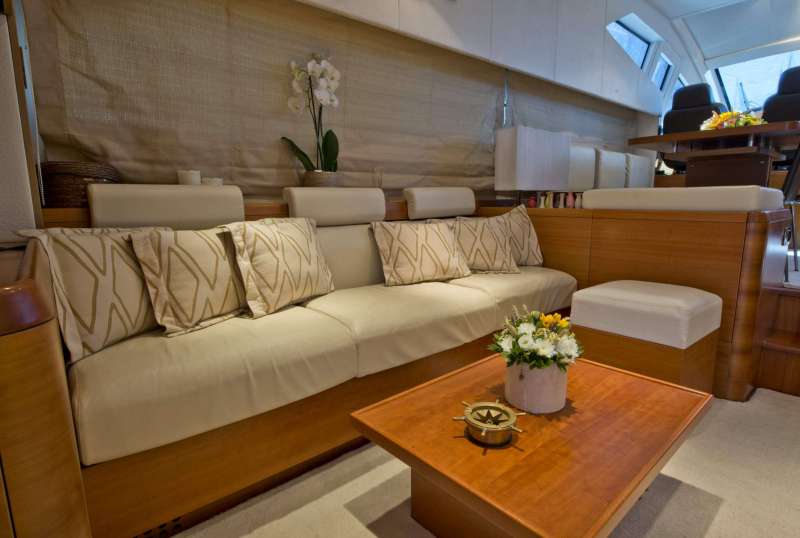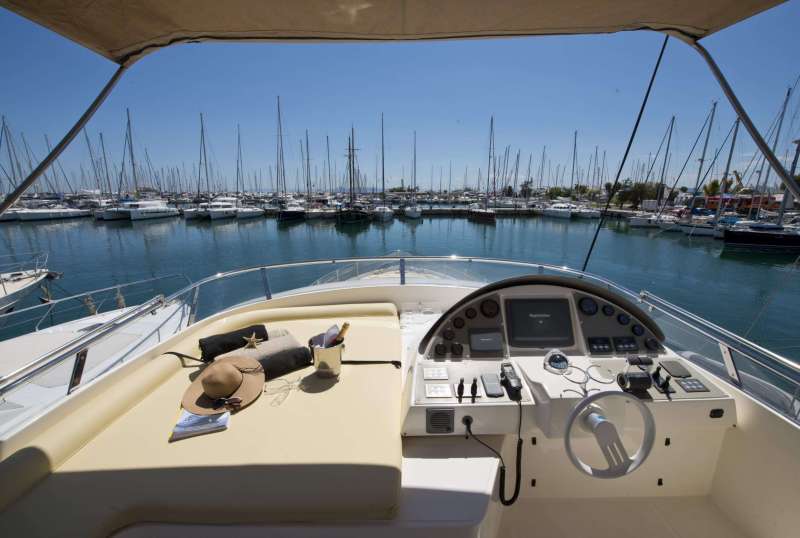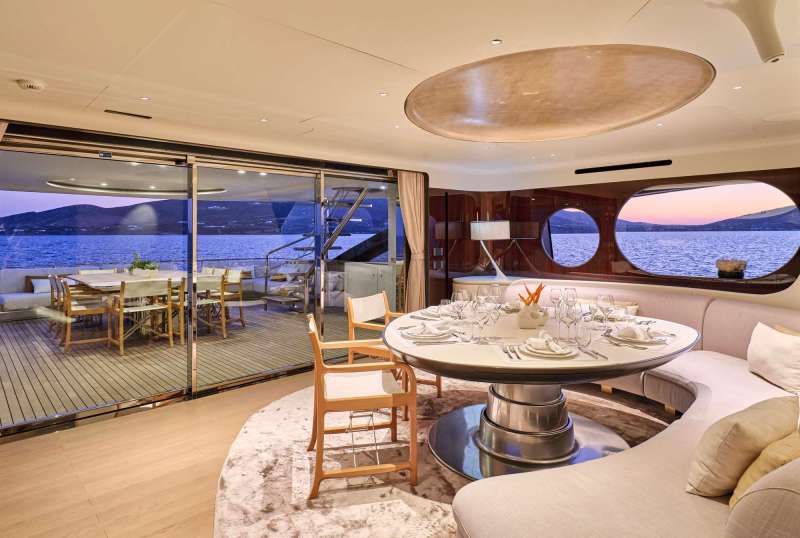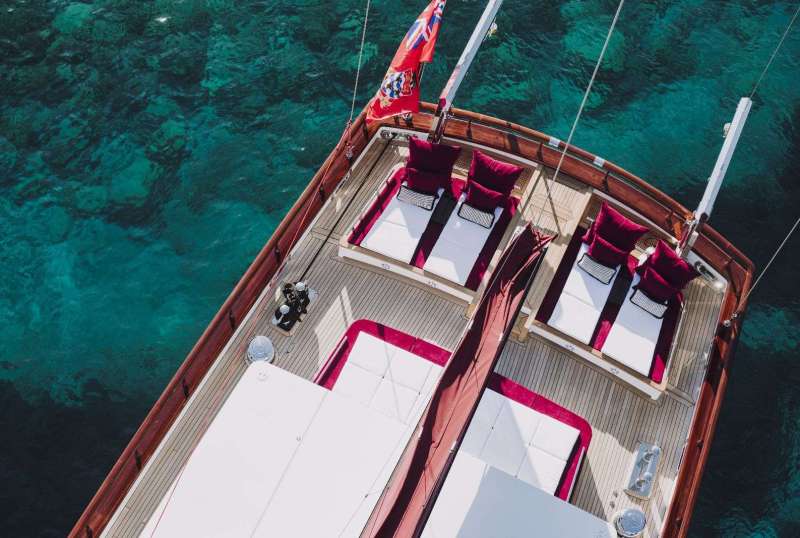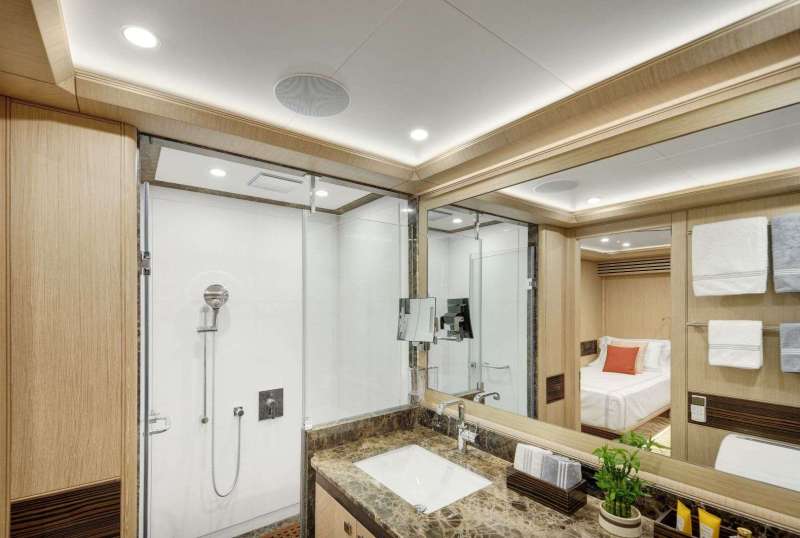Delos Overview
One of the most iconic places in the Cyclades, Nisos Delos is a small, low-lying barren island located to the south of Mykonos. It’s like a teardrop wedged between the larger Mykonos and Rinia (Big Delos).
Known for the extensive ruins of Ancient Delos of the Hellenic-Roman era, the sacred island of Delos is not easily accessible to tourists. Due to the vast architectural remains housed there, it opens for public viewing only in daylight hours under strict moderation. Moreover, there are anchoring restrictions in place.
Thanks to its historical value, Delos is widely popular among tourists and travelers who will recognize the avenue of the marble lions, the temples and open theatres, and its world-famous archaeological museum.
The enigmatic island draws tourists in summer when tripper boats ferry them from the nearby Mykonos. Both Delos and Rinia are administrated by the municipality of Mykonos.
Navigation and Anchoring
Private yachts and other boats are not allowed to moor within 500 meters of Delos. If you want to anchor your yacht, it is best to visit during daytime and within the stipulated hours. Access to the archaeological site after daytime requires prior permission from the Mykonos municipality.
As a traveler with your own boat, we recommend you follow the daily ferries that go from Mykonos to Delos. A better alternative would be to moor at Mykonos and take a tripper boat to the island to avoid administrative challenges. Ferries from other islands such as Paros and Nexos are also available.
History of Delos
Delos was one of the largest worship centers of Ancient Greece and the world, and was known to host several alliances between the people of the Aegean islands. Today, it is one of Greece’s most important mythological sites.
Ancient Delos was first inhabited by the Carians in the third millennium BCE. Since it was the birthplace of Apollo and Artemis, the Athenians tried to dominate it in the sixth century BCE, which heralded a flurry of wars on and around the islands of Delos and Rhenea. After several bouts of purification by different rulers, it finally found a good footing at the hands of the Macedonians who promoted growth and development. As a result, for a brief time in history, Delos was full of gorgeous buildings and monuments. However, the Mithridatic wars around the sixth century AD saw the start of its eventual decline.
It was only in 1873 when the French Archaeological School began excavating the site and unraveled its rich history, bringing back its lost glory. The site is guarded by the Mykonos municipality and is governed by the Ministry of Culture of Greece. It is for this reason why overnight stay and boat docking are prohibited in its islets and anchorages.
As of 1990, Delos is on the list of UNESCO’s World Cultural Heritage monuments. It is an uninhabited island.
Places of Interest In and Around Delos
Delos is widely regarded as one of the most enchanting islands in the Cyclades. Due to its large excavation site and religious history, it is one of the most visited tourist places in the world. It has several places of interest, most of which are ruins of ancient religious monuments and tombs of the Gods. Here are some of the must-visit places:
Agora of Hermaists or Competaliasts
This is a large square that doubled up as a meeting point and open market in Ancient Greece. Made of large granite slabs and massive pillars, it is ladled with ruins of makeshift stores and stalls. Its most beautiful part is the temple of Hermes, the Greek God of Commerce.
Avenue of the Lions
Also known as the Terrace of Lions, this is an array of 16 lions standing in attention, who guarded the sanctuary (Apollo’s mother Leto’s Sacred Palm) in Ancient Delos. Today, only nine of them remain, which are located on the west end of the island. The original ruins are preserved at the Delos Museum.
Temples
Naturally, Delos has several temples that were attributed to different Gods such as Delia, Isis, Artemis, and Hera. These qualify the island for a great pilgrimage tour.
There is also the Institute of Beirut Posidonians which was a meeting place of merchants who built their own small temples of worship. Originally a market of traders, its most notable quality is the large open courtyard.
Other Monuments at Delos
Other notable monuments worth seeing at Delos are the Stivadion (a rectangular platform that acted as a frame), a wooden theater, and the private residence of Dionysus. Others are the houses of Naxians and Delians.
While at Delos, its archeological museum is also a must-visit site. Another underrated activity is the hike to Mt Kythnos, which will provide a great view of the whole island and its surroundings.
Services
Delos is not suited as a provisioning stop. There are no places to stay or fill up your provisions as regular public and tourist activity is prohibited.
The anchorages on Delos:









